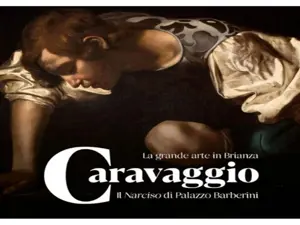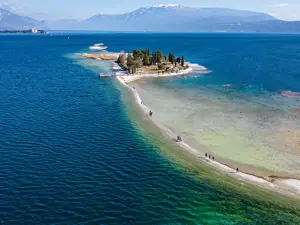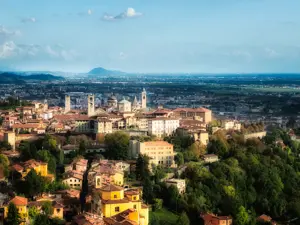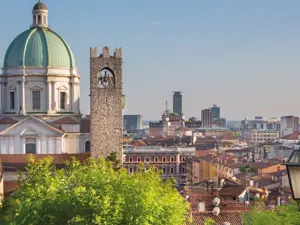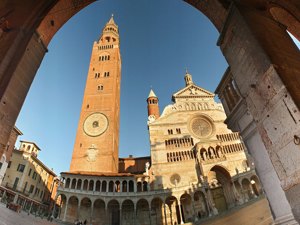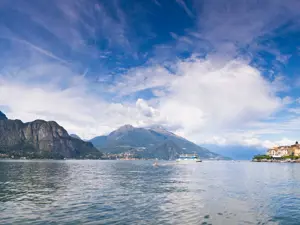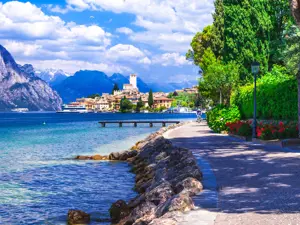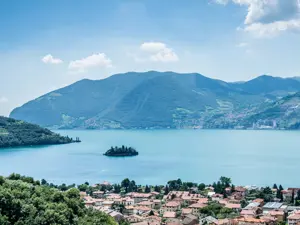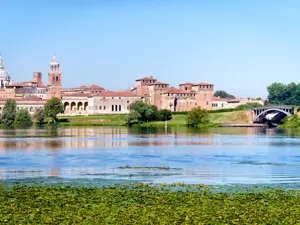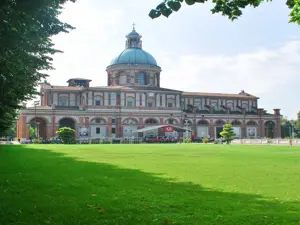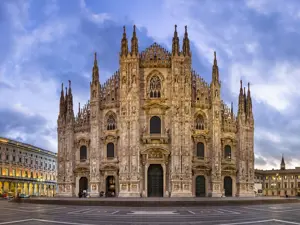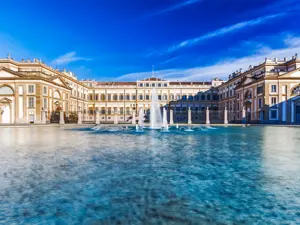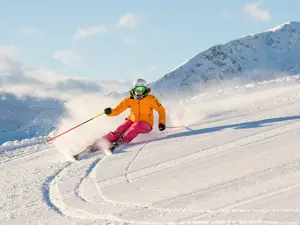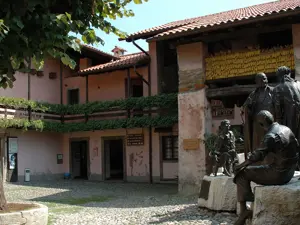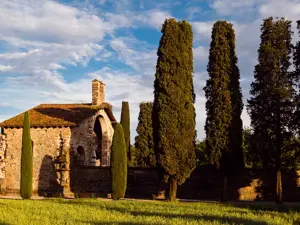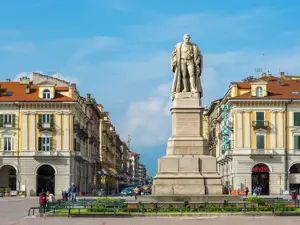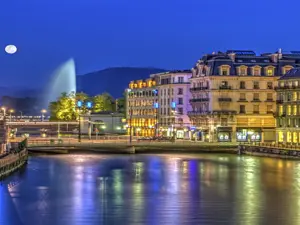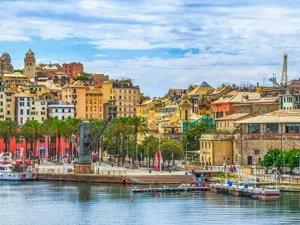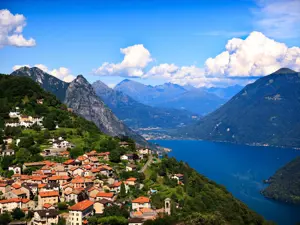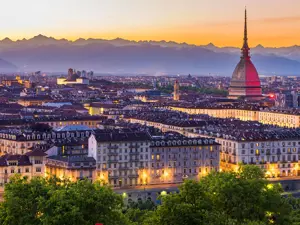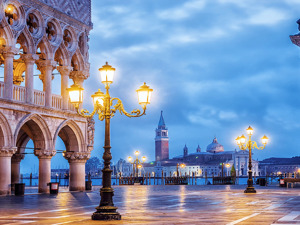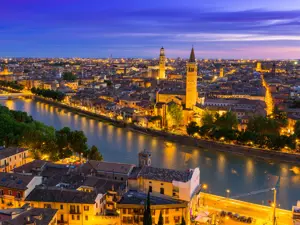The Lecco Brianza area lies only a short distance from Milan-Bergamo Airport and a few minutes from the metropolis of Milan and is the ideal destination for spending an enjoyable time of fun and relaxation in a natural oasis. Set among nature in a flat and hilly area, it is the perfect place for hiking in nature parks among gentle rolling hills, green meadows and woods. Various wellness centres, some connected to innovative hotels, offer treatments for a rejuvenating break in total wellbeing. And that’s not all. It is also a renowned wine and food area with certified agritourism farms and an important tourist destination for exceptional cultural visits.
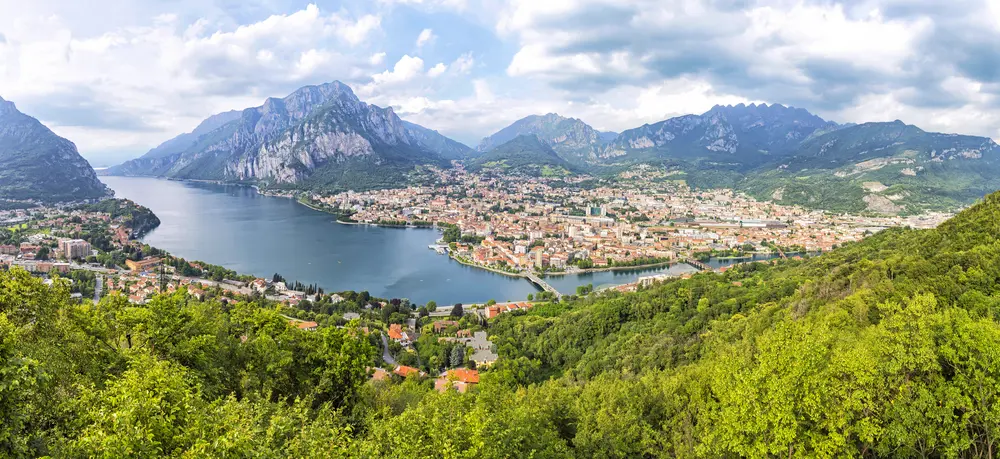
The Basilica of San Pietro al Monte and the Oratory of San Benedetto in Civate are among the most important monuments of the area, which absolutely must be visited. These places can only be reached on foot with an hour-long walk along a mule track that starts in Civate at the Monastery of San Calocero.
In San Pietro, visitors can admire the fresco of the Apocalypse and the stucco work of the crypt and ciborium, priceless evidence of Lombard art of the XII century. The Oratory of San Benedetto, which dates back to the middle of the XI century, instead preserves a rare example of an altar frescoed by local painters (X-XII century).

The Parish Church of Santa Eufemia and the Baptistery of San Giovanni Battista in Oggiono are equally beautiful. The church, which was founded in the XI century and rebuilt in the XVII century, houses a fresco by Andrea Appiani and a polyptych of ten panels - one of the most valuable works in the Brianza area - by Marco D’Oggiono, an important painter of the Leonardo da Vinci school. The adjacent baptistery, which has an octagonal plan and is covered by a dome of tufa, preserves the original baptismal font, frescoes dating back from the XV to the XVI century, and fragments of old frescoes in its thirteenth-century presbytery.
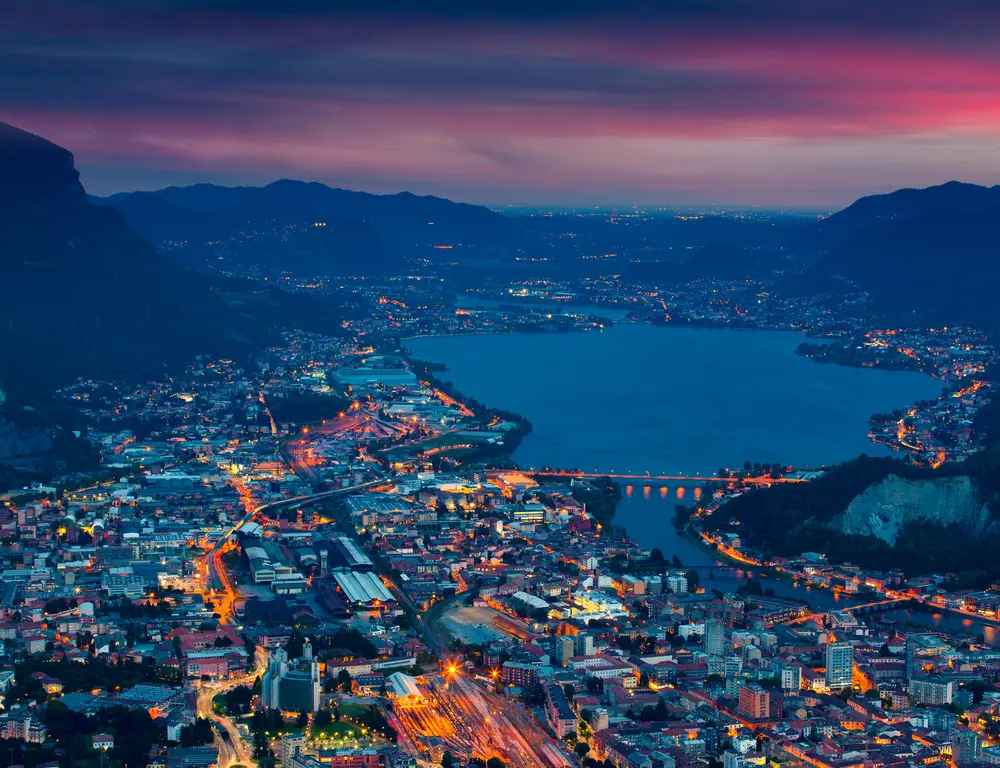
There are numerous examples of development in the area connected to the manufacture of silk, one of the primary economic factors in the Lecco area. In Garlate, the Museo della Seta Abegg (Abegg Silk Museum) preserves working artisan and industrial machines, and work tools used during the silkworm rearing, spinning and twisting stages.
The Complesso dello Zero lies in the area that extends from Ello towards Galbiate, and has a twisting mill, dam and water canals connected to other establishments, including the main “Torre” mill. These mills, reorganised in the second half of the nineteenth century, belonged to the De Vecchi family, who also owned the beautiful spinning mill of Vergano; in Ello, the Dell’Oro family exhibit their old machinery, which is still in operation. The old buildings of the mills, saw mills and spinning mills can still be seen in the Galbiate Valley. Among the silk buildings in Galbiate, the Ronchetti spinning mill still survives today in Neoclassical guise, and is partly used as a twisting mill.
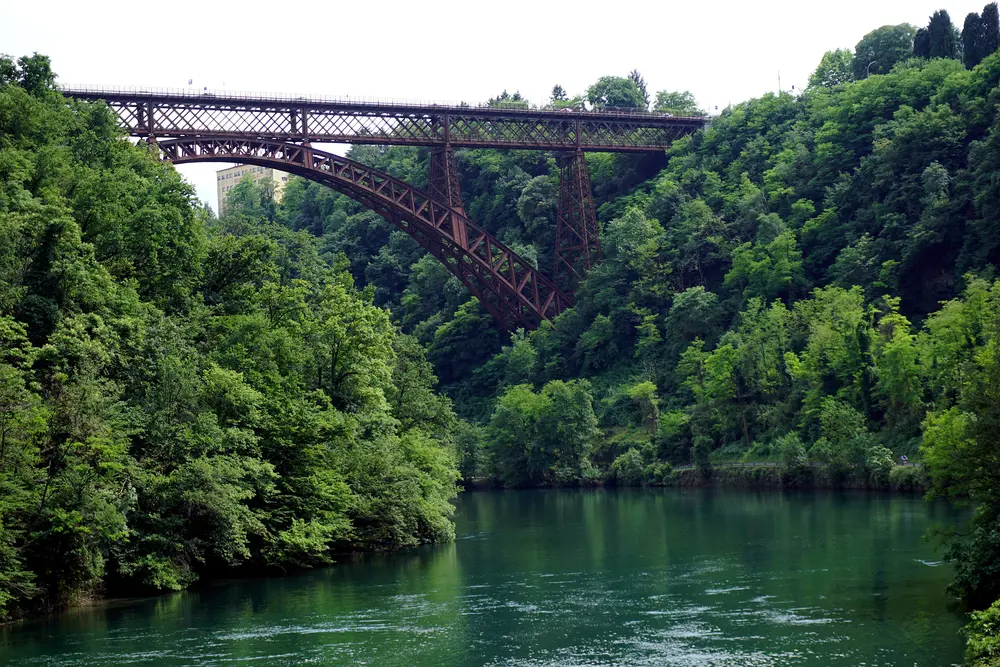
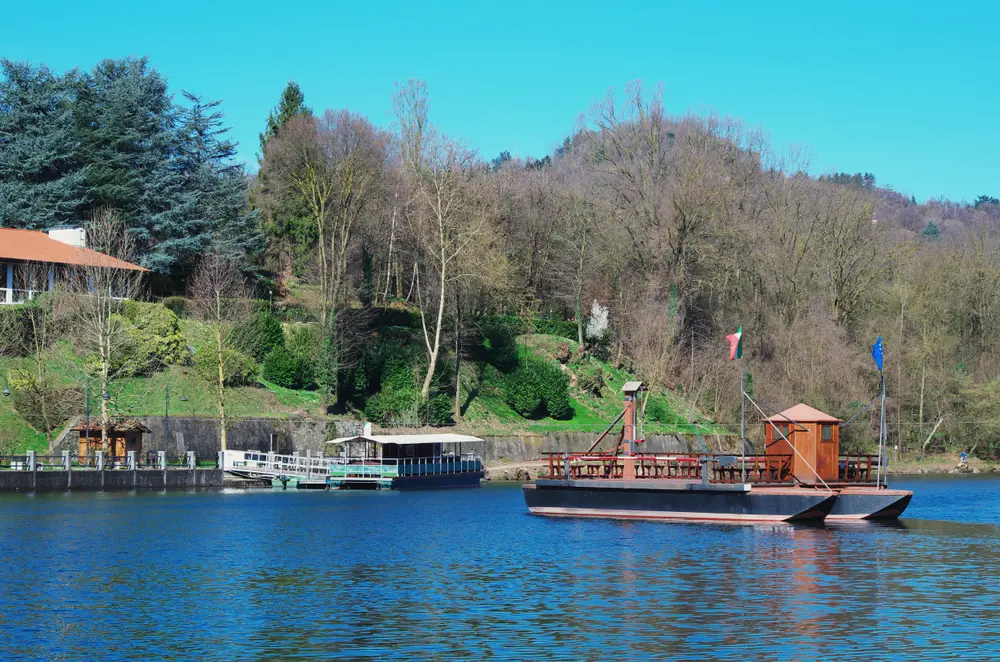
Leonardo da Vinci stayed in this area several times between 1483 and 1498. He saw the Brianza area, passed to observe the phenomenon of Fiumelatte, and went to Valsassina to see the mines and iron and copper works. While a guest of the Melzi family in Vaprio, he studied the navigability of the River Adda and the Lecco-Milan connection. Some of his valuable drawings of fluvial engineering works, which were then built in the eighteenth century, remain to this day.
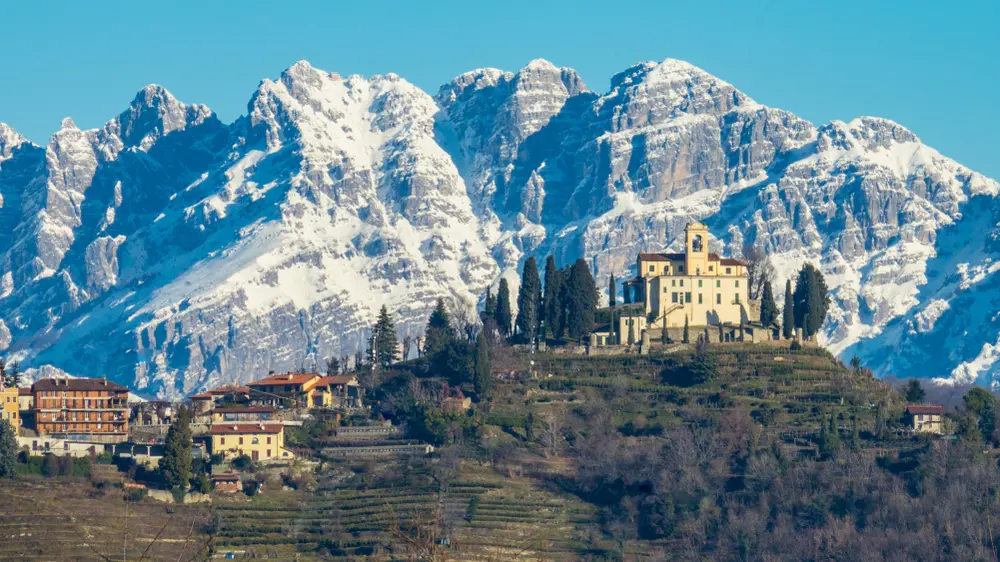
Montevecchia is reached along a road that winds between hills, vineyards, farmsteads and stately homes. The Sanctuary of the Beata Vergine del Carmelo sits at its summit. This Baroque-style sanctuary is a symbol of the Marian faith in the Brianza area and houses important frescoes. It is reached by climbing a flight of some 181 steps, which is crossed by a path that leads to the seventeenth-century aedicule of the Via Crucis.
Autumn with the grape harvest is the ideal time to enjoy the beauty of the Brianza area and taste the delicious gastronomic dishes of the local trattorias and agritourism businesses where cured meats and “robiolini” cheese and excellent local wines are served.
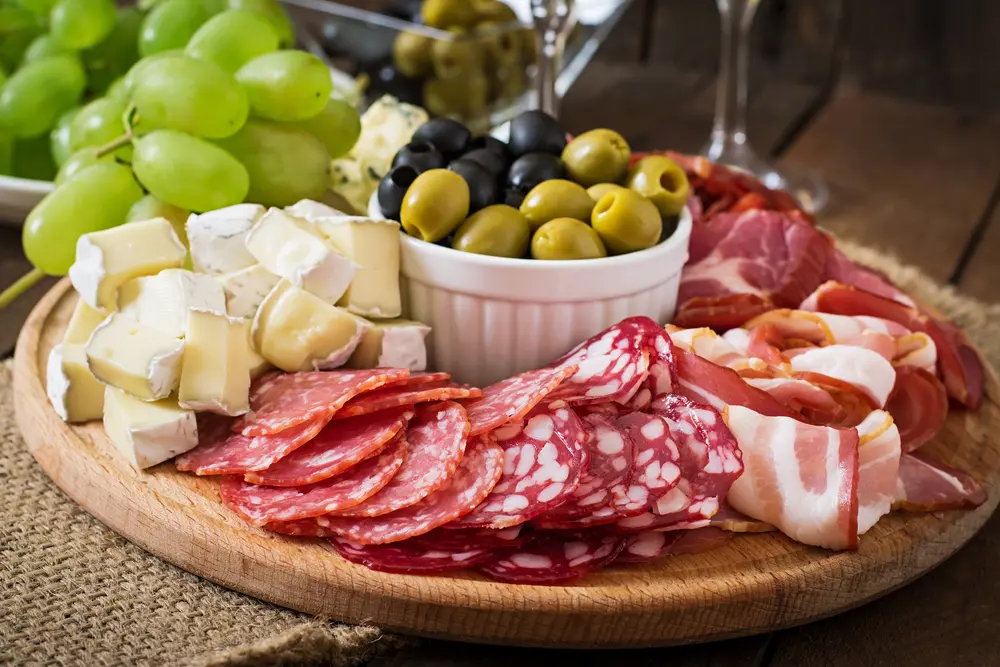
But also in spring and summer with the lush nature, walking or mountain biking along the numerous paths and admiring an absolutely exceptional panorama. But also in spring and summer with the lush nature, walking or mountain biking along the numerous paths and admiring an absolutely exceptional panorama.
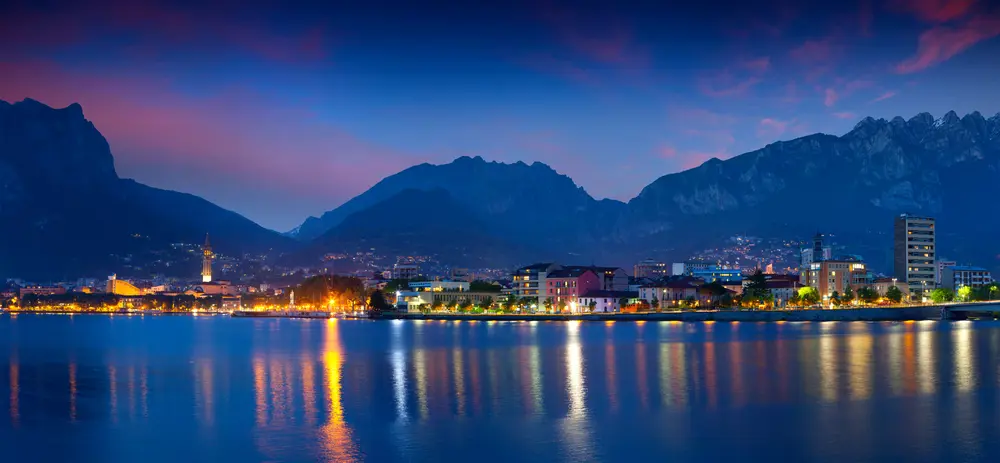
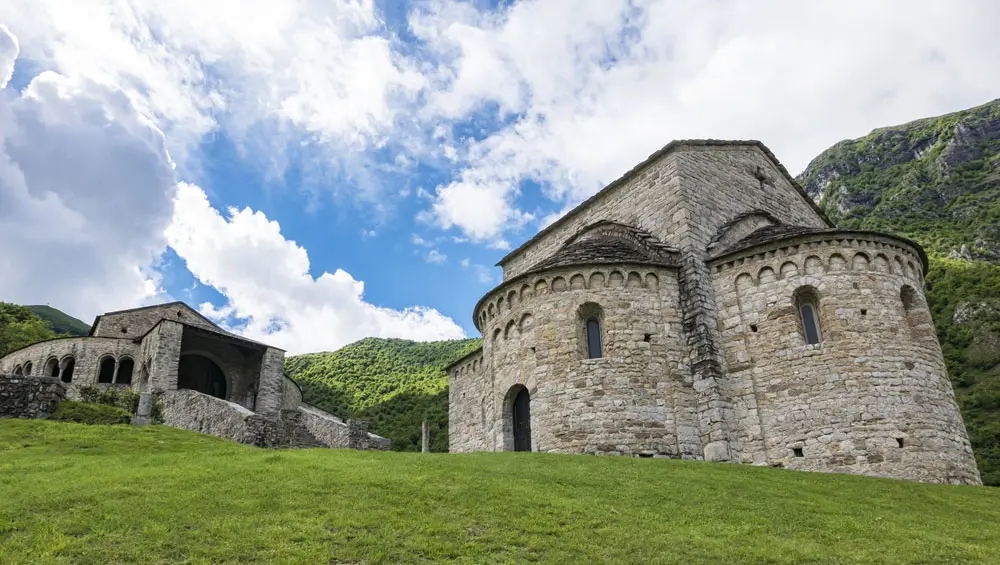
Guided tours: Associazione Amici di San Pietro
Accessible only on foot along a path (300 metres elevation gain) with an hour-long walk
Monti di Abadia Lariana
On the nearby eastern shore of Lake Como, the Monti Silk Museum is worth a mention. Around 1818, Pietro Monti transformed an old woollen cloth mill with an adjoining irrigation ditch and water wheel into a silk spinning mill. In 1869, he expanded the building and added a building for spinning cocoons. After a long period of stagnation and decay, the buildings were purchased by the Municipality in 1978. The recovery of the spinning mill and the restoration of the machines began in 1981, including a large circular twisting machine from 1818 that was put back into operation.
The museum displays works and mementos of the writer and historian.
Via Cesare Cantù. Comune di Brivio
Info: Cesare Cantù Study Centre
The Leonardo da Vinci Adda Ecomuseum reveals the signs of a centuries-old collaboration between the plentiful water and the industrious population; an open-air museum in which to discover the historic, artistic, archaeological and wildlife landmarks of the area. It consists of 14 stages along the River Adda, which include 47 places of considerable social and cultural interest. Since 2008, the North Adda Regional Park has been offering cultural and tourist trips along the River Adda in ecologically friendly boats, in the period from April until September.
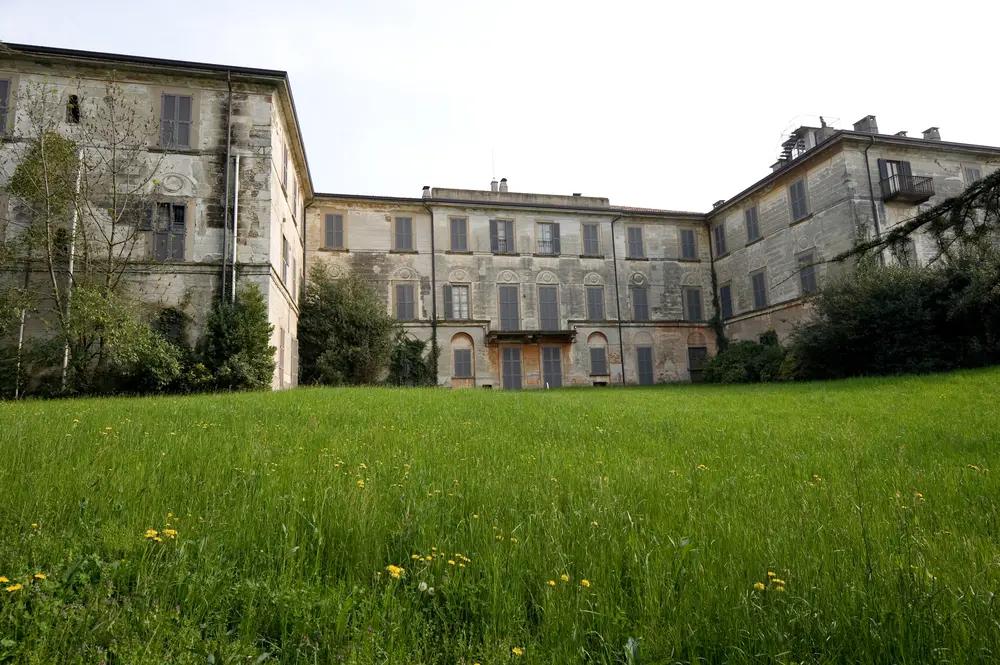
Via Monte Grappa, 21.
This majestic Neoclassical building was formerly owned by the Noble Casati family, whose last descendent, the Marquis Francesco Casati, stayed here during the winter months until his death in 1837. It then became the property of the Greppi family, the Ponti family and finally public property. The name of the architect is unknown, and it is presumed to have been built at the beginning of the nineteenth century. The residence has a monumental, austere entrance consisting of three Neoclassical arches, which leads to a tree-lined avenue.
The interior courtyard of honour is bound on the side opposite the entrance by the stately home. The interior displays rich, stylish decorations of great refinement.
Open only with prior booking to groups and school children, or in the case of extraordinary events.
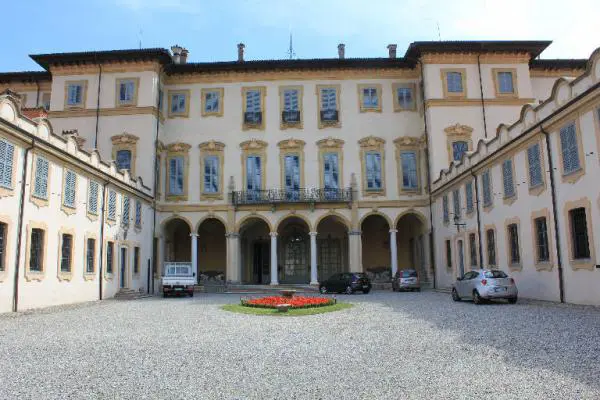
This is one of the most remarkable examples of villas built by Milanese society in the eighteenth century. The villa’s appearance today is the result of an uninterrupted series of works made to the first group of sixteenthcentury houses. Its current aspect dates back to the eighteenth century when the new entrance, avenue of cypress trees and Italianate garden - later replaced by an English, romanticinspired garden - were built. The exterior appearance of the façade is striking due to the different window frames, which are sombre,
almost Neoclassical on the ground floor, in contrast to the linear form, similar to simple cornices, on the upper floors.
Via Castello, 2.
This is the most prestigious residence of the Brianza area, whose initial structure was built in the Middle Ages. After being reconstructed several times, it was restored in the XVII century. In 1702 the small church was built. The villa is bordered by a sumptuous Italianate garden (known as the “secret garden” because it cannot be seen from the main gate); the long access road is lined with poplar trees, while the entrance is marked by two columns. It has beds of box hedges pruned to form ball shapes and pools with water features; a nymphaeum in a small grotto is located beneath one of the stairways. Amphorae and Baroque statues, representing fauns and other mythological figures, are dotted here and there. The romantic garden of exquisite plants in the front of the house was made at the end of the nineteenth century. An oriental plane tree of approximately 190 years old is considered a “living monument”. The Sommi Picenardi family purchased the villa in 1920. The gardens can be visited with prior booking.



